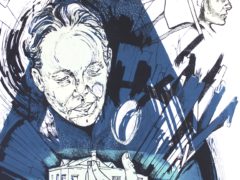2018-19 Mentorship Program
Mentees:
Carrie Allison
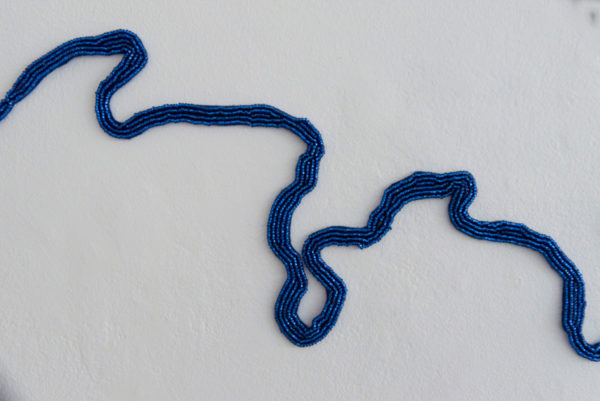
Carrie Allison is an Indigenous mixed-race visual artist born and raised in unceded and unsurrendered Coast Salish Territory (Vancouver, BC). Situated in K’jipuktuk since 2010, Allison’s practice responds to her maternal Cree and Metis ancestry, thinking through intergenerational cultural loss and acts of resilience, resurgence, resistance, and activism, while also thinking through notions of allyship, kinship, stewardship, and visiting. Allison’s practice is rooted in research and pedagogical discourses. Her work seeks to reclaim, remember, recreate and celebrate her ancestry through visual conversation. Allison looks to Indigenous, mixed-race, anti-oppressive, antiracist, feminist and environmental theorists to critically examine the world around her. Allison holds a Masters in Fine Art, a Bachelor in Fine Art and a Bachelor in Art History from NSCAD University.
Emily Lawrence
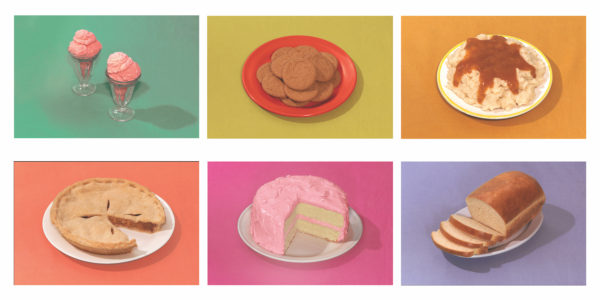
Emily Lawrence is an interdisciplinary artist and arts educator based in Dartmouth, NS. Emily is a graduate of NSCAD University, and is currently the artist in residence at the Macphee Centre for Creative Learning.
Much like Jell-O, Lawrence’s work is playful and bright with jiggly elusive boundaries. She uses humour, food, and the five senses as tools for seduction and as conduits to the underlying cultural curiosities that fuel her work. Immersive environments, cleverness, playful design, and obsessive material investigation are the ingredients that keep her creatively full and satiated as an artist. Her practice spills out beyond what is commonly considered to be “the work,” slopping over the brim of any one medium and pooling into the des(s)erted nooks and crannies that surround it. With her interdisciplinary practice, she is like a chef with her fingers dipped lovingly into every pot, diligently tasting each digit for conceptual parallels and unexpected flavour pairings.
Jenny Yujia Shi
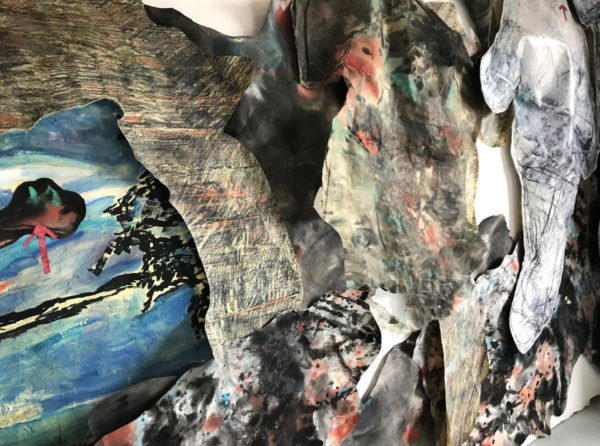
Jenny Yujia Shi is a visual artist and art educator living and working in Dartmouth, Nova Scotia. Shi began her studies at NSCAD as an international student where she completed a BFA (Painting, Printmaking) and a BA (Art History).
Her work is primarily drawn from her experience growing up in Beijing, as an international student in Halifax, and later as a temporary resident pursuing Canadian permanent resident status. Living in a predominantly white Canadian province and having her future under the control of the Canadian Immigration authorities, Shi is compelled to examine themes in displacement, border-crossing, immigration, and the emergence, erasure and reconfiguration of individual identity.
Since graduation, Shi has also been teaching art to children and youth as well as young adults with Down Syndrome in Halifax and Dartmouth. Art education has been a way for her to build connections with Nova Scotia, a place she hopes to make her home.
Katharine Vingoe-Cram
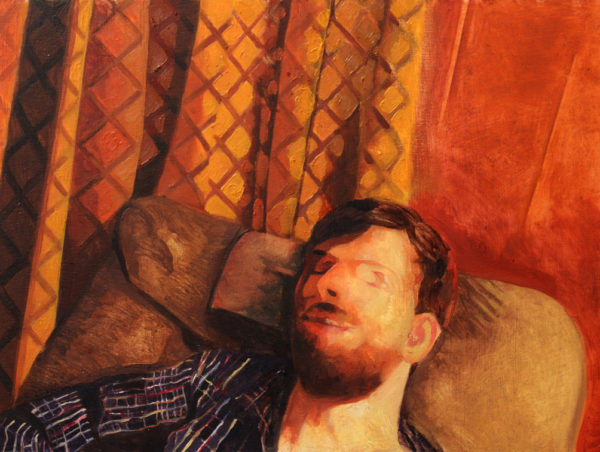
Katharine Vingoe-Cram is an emerging visual artist interested in painting, drawing, storytelling, graphic novels, and collaborative practice. Her work has explored anxiety, grief, dreams and portents, and the structure of memory. She holds a BFA from NSCAD University (2010), and an MA in Art History from Queen’s University (2014). She has displayed her work at the Union Gallery and Modern Fuel Artist Run Centre in Kingston, among others. She currently resides in her original hometown of Dartmouth, Nova Scotia and is excited to reconnect with the visual arts community in Nova Scotia.
Katharine’s work has several avenues. Under the auspices of “NO and NO”, she works with her friend Gabriel Cheung on wandering topics, including friendship, loss, identity and memory, often using collaborative drawing and mnemonics as techniques. Their most recent project was This Space Belongs to a Bygone Era, a permanent installation at the Queen’s School of Medicine. As a solo artist, she works primarily as a painter. In 2017, she was awarded an Ontario Arts Council grant to complete Unexpected Visitors, a painting series about grieving and enchantment. She is now working hard to realize her long held dream of creating a graphic novel—tentatively titled Kettle Harbour, which will be the focus of her work with the VANS Mentorship program.
Mentors:
Ursula Johnson
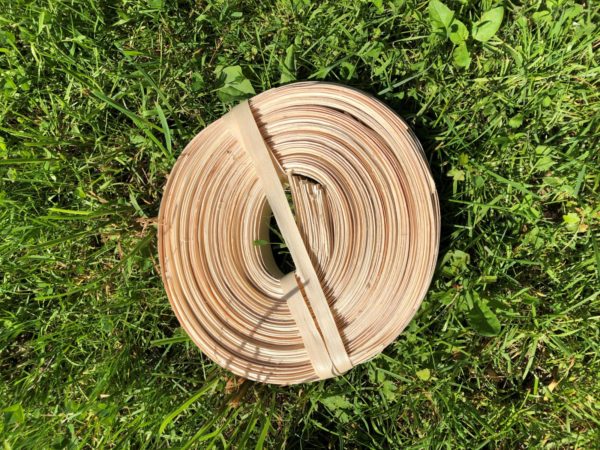
Ursula Johnson is a performance and installation artist of Mi’kmaw First Nation ancestry. She graduated from the Nova Scotia College of Art & Design and has participated in over 30 group shows and 5 solo exhibitions. Her performances are often place-based and employ cooperative didactic intervention.
Through the medium of durational performance art she enters into laborious tasks/ circumstances that create repetitive strain on her body and mind while creating tension with the viewer. Elmiet (He/She Goes Home) 2010 is an example of work, created specifically for Nova Scotia’s Cultural History regarding the 1756 Scalping Proclamation, where Johnson created an event to host the last scalping in Nova Scotia. Johnson’s recent work Mi’kwite’tmn employs various sculptural mediums to create consideration from her audience about aspects of intangible cultural heritage as it pertains to the consumption of traditional knowledge within the context of colonial institutions. Mi’kwite’tmn: Do You Remember (hosted by Saint Mary’s University Art Gallery) is a solo exhibition currently on a Canadian National Tour.
Johnson has been selected as a finalist for the Salt Spring National Art Prize and has twice been long listed for the Sobey Art Award. She has presented publicly in lectures, keynote addresses and hosted a number of community forums around topics of ‘Indigenous Self-Determination through Art’ and the ‘Environmental Responsibility and Sustainability in Contemporary Indigenous Art Practices’, ‘The History and Impacts of Economics on The Indigenous Object’ as well as ‘Renegotiating Conservation: Revisiting the Roles and Responsibilities of Cultural Institutions in Canada regarding Indigenous Made Objects.
Peter Dykhuis
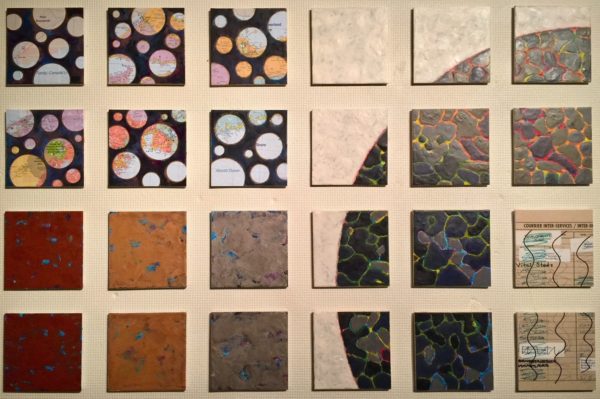
Peter Dykhuis was born in London, Ontario, attended Calvin College in Grand Rapids, Michigan, and worked in Toronto until 1991 before relocating to Halifax, Nova Scotia. Since then, Dykhuis has worked at the Anna Leonowens Gallery at NSCAD University, becoming its Director in 1996. In August 2007, he was appointed the Director/Curator of Dalhousie Art Gallery at Dalhousie University where he is responsible for its operations and programming.
Dykhuis is also a studio artist that has exhibited at public galleries throughout Canada. Internationally, he has participated in group-shows across the United States as well as in London and Vienna and has mounted solo exhibitions in Tokyo, Sydney and New York City. Dykhuis was a member of the Red Head Gallery in Toronto from 2004 to 2013 but in 2014 he founded a new cooperative gallery in Halifax named HERMES. Over the decades, he has received multiple awards and grants and has his work placed in numerous public and private collections.
Charley Young
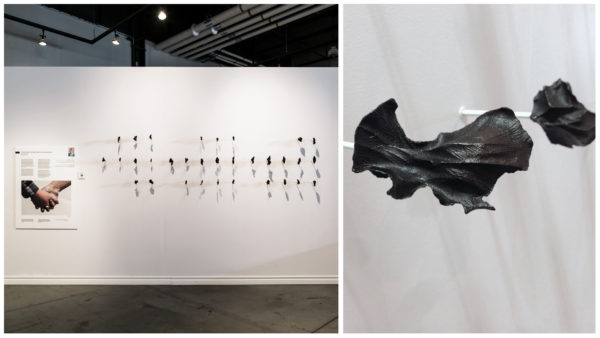
Charley Young is visual artist and faculty member at NSCAD University. As an interdisciplinary artist, her work focuses on indexical modes of working through drawing, printmaking, and sculpture to create site-specific or socially engaged installations. To date, her work includes large-scale monoprints of historic building facades, intimate portraits of vanishing Arctic ice and small-scale hand casts that record the space between clasped hands of new immigrants.
Charley has been an artist-in-residence at The Tides Institute and Museum of Art (2017), The Arctic Circle Program (2014), The Banff Centre (2013), The Vermont Studio Centre (2013), Spark Box Studios (2013), and Klondike Institute for Arts and Culture (2012).
Born in Calgary, Alberta, Charley Young holds a Master of Fine Arts from the Maine College of Art in Portland, Maine and a Bachelor of Fine Arts from NSCAD University. Charley currently teaches drawing and printmaking at NSCAD University. Charley has been fortunate to receive support from Arts Nova Scotia and has artwork in the permanent collections of Global Affairs Canada, The Art Gallery of Nova Scotia, Nova Scotia Art Bank, as well as in private collections. Her work has been exhibited nationally and internationally in solo and group exhibitions.
www.charleyyoung.com
Karin Cope
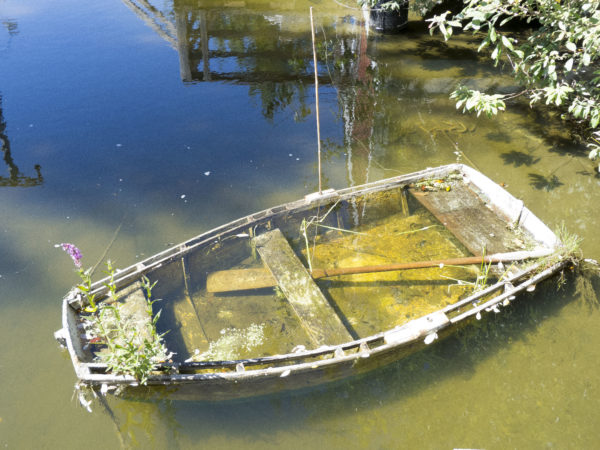
Karin Cope is a poet, sailor, photographer, scholar, rural activist, blogger and NSCAD professor. Her publications include scholarly works, popular histories, short stories, policy papers and poetry collections; her artworks include photographs, installations, performances, videos, guerrilla theatre and mixed media and online works. Since 2009, she has run the photo-poetry blog Visible Poetry as an investigation into the possibilities and limits of pairing lens-based media and poetry. More recently, under the heading of “dimensional poetry,” and in collaboration with other artists and poets, she has been exploring some of the many links between poetry, textiles, documentary, photography, dance, architecture, sculpture, community organizing, film, sound and music. In the last decade, with her partner, Marike Finlay, Cope has sailed to, lived in and worked in a number of remote or marginal communities in Nova Scotia, British Columbia and Mexico. Her current work, Ex votos for a broken world, part of a trilogy of multimedia, text and performance poetry projects inspired by those journeys, grapples with indigenous and colonial histories, migration, cultural exchange, travel, trade, resource exploitation and environmental devastation.

